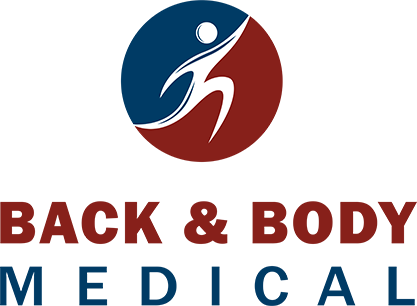The opioid epidemic in the USA has created unique conditions for clinicians. Many are now faced with finding creative solutions to pain management, which has effectively opened the door to the addition of complementary disciplines to some clinical vocabularies.
Epidemics tend to do that. They inspire new ways of thinking and of doing things.
Between 1999 and 2015, over 180,000 people have died from overdoses of opioid medications. These were not street drugs, by any means. These drugs were prescribed by doctors.
So, in response, new pain management protocols are arising to reduce the prevalence of prescribing opioids.
New Horizons
In May 2017, the Food and Drug Administration released its “FDA Education Blueprint for Health Care Providers Involved in the Management or Support of Patients with Pain”. In this document, the FDA recommends chiropractic and acupuncture as a means of managing and relieving pain, as a strategy to reduce opioid dependence in patients struggling with physical pain.
The Blueprint goes on to counsel physicians to consider referrals to chiropractors and acupuncturists to help stem the tide of the epidemic. It also stresses a “multi-disciplinarian approach to pain management”.
But the Blueprint is just part of an ongoing effort on the part of the FDA to address what amounts to a crisis in the abuse of prescription medications. Starting in 2011, the FDA’s efforts have focused on requiring the manufacturers of opioid medications to educate healthcare providers about the potential for abuse.
But now, they’re actively recommending that medical personnel call on the services of people like me to help those suffering, as an answer to opioids.
Chiropractors to the Battlements!
The lobbying efforts of the chiropractic community in the matter of over prescription and abuse of opioids have made me proud. Because my discipline rejects the proposition that drugs are the answer to pain, it’s been invigorating to see chiropractors stepping up on this issue and making real change.
We’ve been joined in our efforts by acupuncturists. Like us, they’ve struggled to gain acceptance in the Western Medical establishment and like us, they believe in what they do. Together, we’ve been effective in raising our voices and being heard in Washington, DC.
Making a Difference to Patients
But things are happening all over the USA and not just at the federal level.
Oregon is a perfect example of this trend to complementary medicine as a preferred response to the prescription of dangerous pharmaceuticals. In 2016, Oregon’s Medicaid program approved chiropractic care as a reimbursable therapy for lower back pain. This has prompted action in other states.
And the American College of Physicians has now formally recognized acupuncture, Yoga and chiropractic as non-invasive therapies for lower back pain.
As the medical establishment welcomes disciplines like chiropractic and acupuncture into their pain management arsenal, the FDA has provided a strong push toward reform of the way we think about pain relief.
The magic pill is not the answer. The opioid epidemic has made that clear. A better future for those who suffer from pain is being secured.
In pain? I can help.














